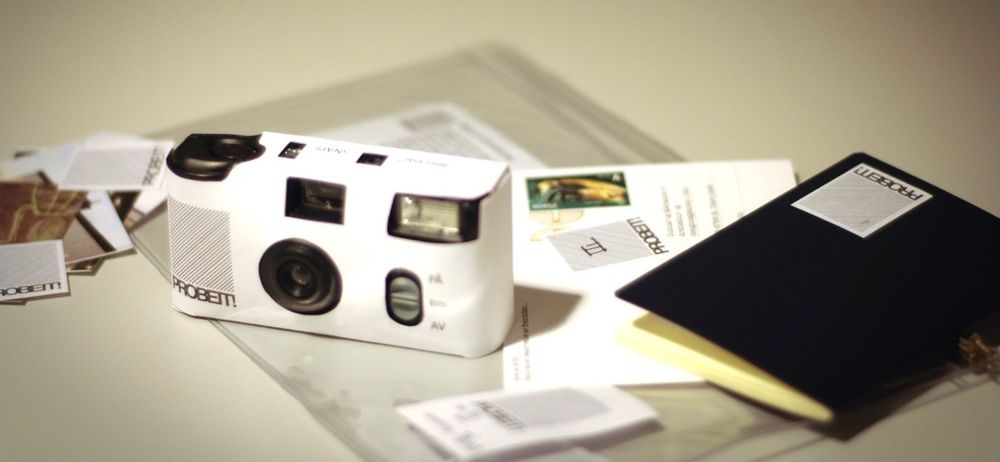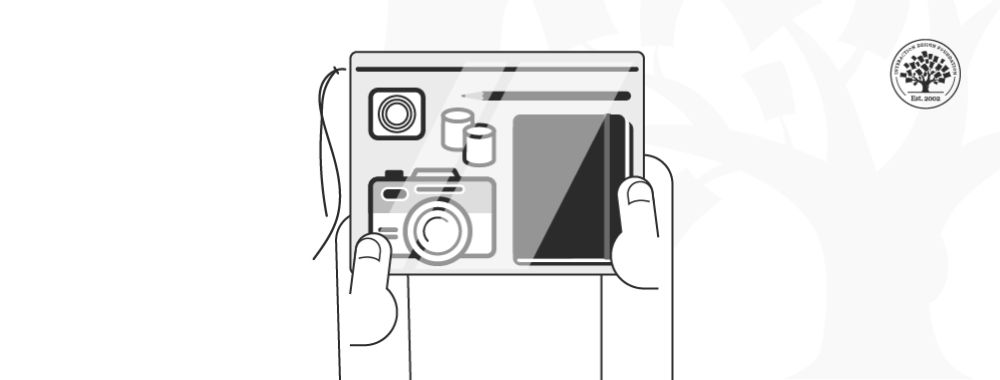Take a deep dive into Cultural Probes with
our course
Human-Computer Interaction: The Foundations of UX Design
.
Interactions between products/designs/services on one side and humans on the other should be as intuitive as conversations between two humans—and yet many products and services fail to achieve this. So, what do you need to know so as to create an intuitive user experience? Human psychology? Human-centered design? Specialized design processes? The answer is, of course, all of the above, and this course will cover them all.
Human-Computer Interaction (HCI) will give you the skills to properly understand, and design, the relationship between the “humans”, on one side, and the “computers” (websites, apps, products, services, etc.), on the other side. With these skills, you will be able to build products that work more efficiently and therefore sell better. In fact, the Bureau of Labor Statistics predicts the IT and Design-related occupations will grow by 12% from 2014–2024, faster than the average for all occupations. This goes to show the immense demand in the market for professionals equipped with the right design skills.
Whether you are a newcomer to the subject of HCI or a professional, by the end of the course you will have learned how to implement user-centered design for the best possible results.
In the “Build Your Portfolio: Interaction Design Project”, you’ll find a series of practical exercises that will give you first-hand experience of the methods we’ll cover. If you want to complete these optional exercises, you’ll create a series of case studies for your portfolio which you can show your future employer or freelance customers.
This in-depth, video-based course is created with the amazing Alan Dix, the co-author of the internationally best-selling textbook Human-Computer Interaction and a superstar in the field of Human-Computer Interaction. Alan is currently professor and Director of the Computational Foundry at Swansea University.



